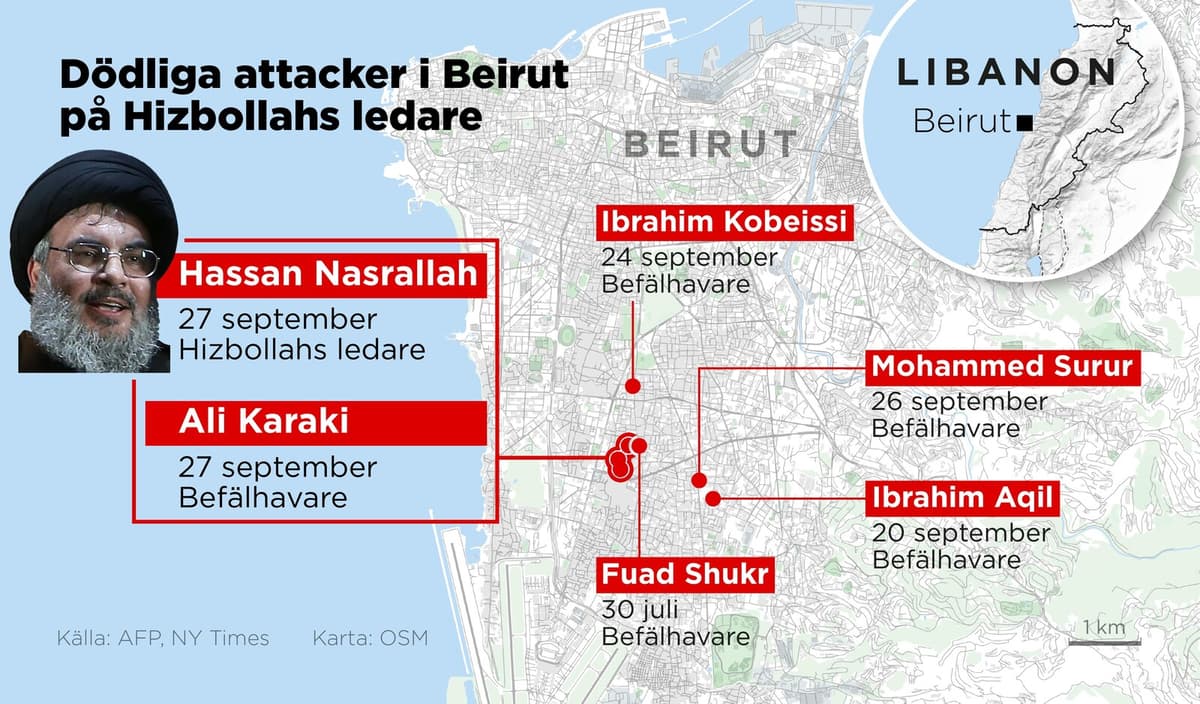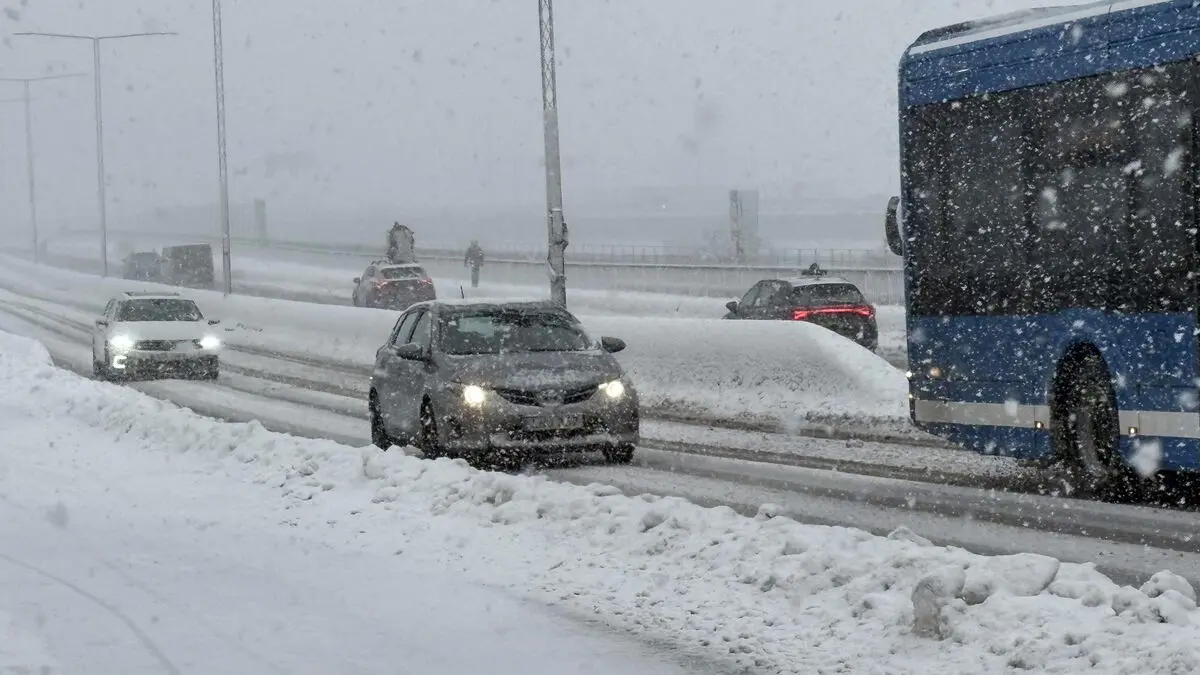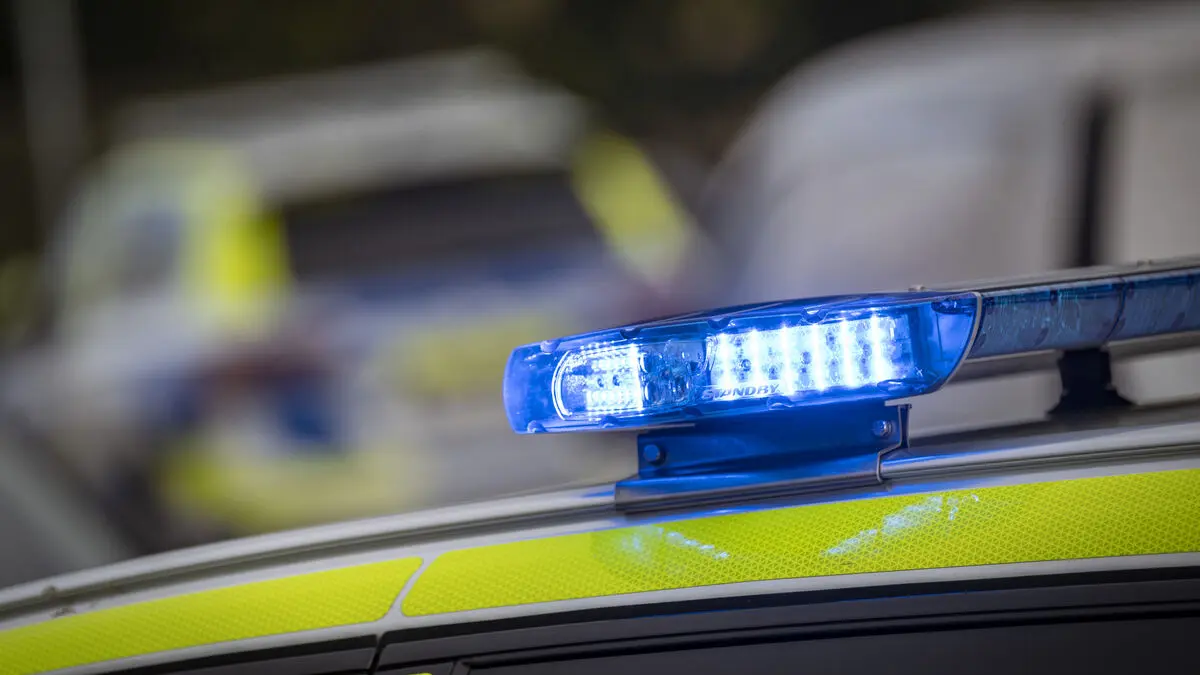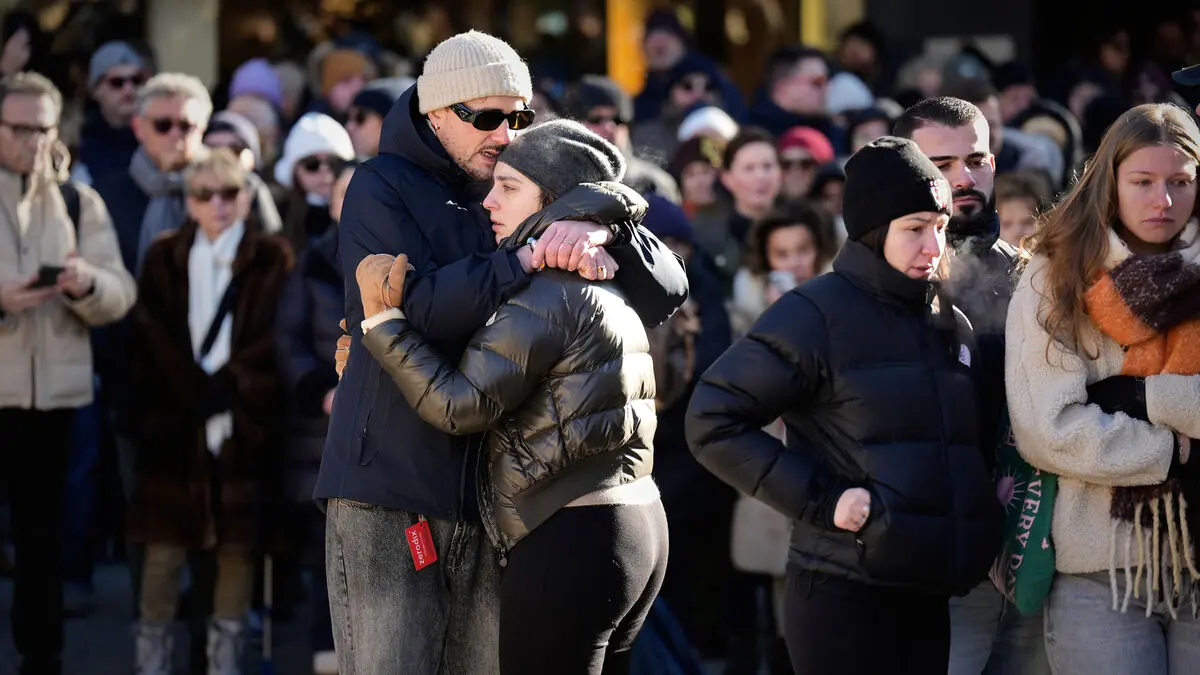Hassan Nasrallah
The highest leader for most of Hezbollah's history. Son of a vegetable vendor in Beirut, where he was born in 1960. His upbringing was not particularly religious, but the outbreak of Lebanon's civil war in 1975 became a turning point. The family fled, and the 15-year-old, the second youngest of ten siblings, engaged in militant and religious groups.
He followed his mentor Abbas al-Musawi into Hezbollah, a hardline Shia group formed in 1982 as a response to Israel's invasion.
Nasrallah was 32 years old when al-Musawi was killed in an Israeli helicopter attack in 1992. According to reports, it was Iran's highest leader Ali Khamenei who then ensured that Nasrallah took over Hezbollah.
.
Ibrahim Aqil
Approximately the same age as Nasrallah, but less well-known. Emerged in his 20s as a high-ranking member of Islamic Jihad, a group allied with Hezbollah. Is seen, among other things, as responsible for two bloody attacks in 1983, against the US embassy in Beirut and against the peacekeeping force MNF – events that together claimed several hundred lives.
The US put a price of 7 million dollars on Aqil's head a few years ago.
Has also, among other things, been responsible for the commando force Radwan.
.
Ali Karaki
Probably born in southern Lebanon in 1967. Became a member of the jihad council, a decision-making body within Hezbollah that can be said to correspond to a war cabinet, after the Israel-Lebanon war in 2006.
Has led the fighting on the southern front, i.e. against Israel, in recent years. Was at the same meeting as Nasrallah on Friday and died by the leader's side.
.
Mohammed Surur
Led Hezbollah's drone division. During the ongoing war, both spy and attack drones have been successful, since Israel's defense is more geared towards rockets and robots.
.
Ibrahim Kobeissi
Was responsible for Hezbollah's rocket and robot division. Wanted by Israel for planning the abduction of three Israeli soldiers at the border in 2000.
.
Fuad Shukr
Veteran who helped found Hezbollah's military branch. Close associate of Hassan Nasrallah, and is said to have led the work of purchasing increasingly advanced, larger, and deadlier weapons.
.
Who is left?
Naim Qassem is in his 70s, active in Hezbollah since its founding. Was elected as vice leader in the early 1990s. Has become known as uncompromising towards enemies, but is also said to have a leading role in charity work among poor Shia Muslims.
Hashim Safieddine (Hashim Safi al-Din). Younger cousin of Hassan Nasrallah, whom he studied with in Iran. Has long been seen as the group's number two and is expected to take over the leadership after his cousin's death.
Talal Hamiya and Abu Ali Reda are also described as very experienced commanders, with great respect within the terrorist-classified movement.





